Contact persons: Jan Šubrt, Monika Motlochová
A method was developed for producing a highly active sorbent based on hydrated titanium dioxide in the form of needle-like aggregates of nanoparticles, and its application for the sorption of radionuclides from contaminated water and subsequent separation from the aqueous environment was proposed. Sorption materials based on titanium oxide prepared in this manner can be used as highly effective sorbents for radionuclides from contaminated waters, including wastewater from nuclear power plants. They may be employed in remediation technologies to address environmental burdens or directly mitigate environmental accidents. They can also be used as sorbents for heavy metals. A sorbent with optimized properties was prepared and is protected as a "Functional Sample."
Gallery:
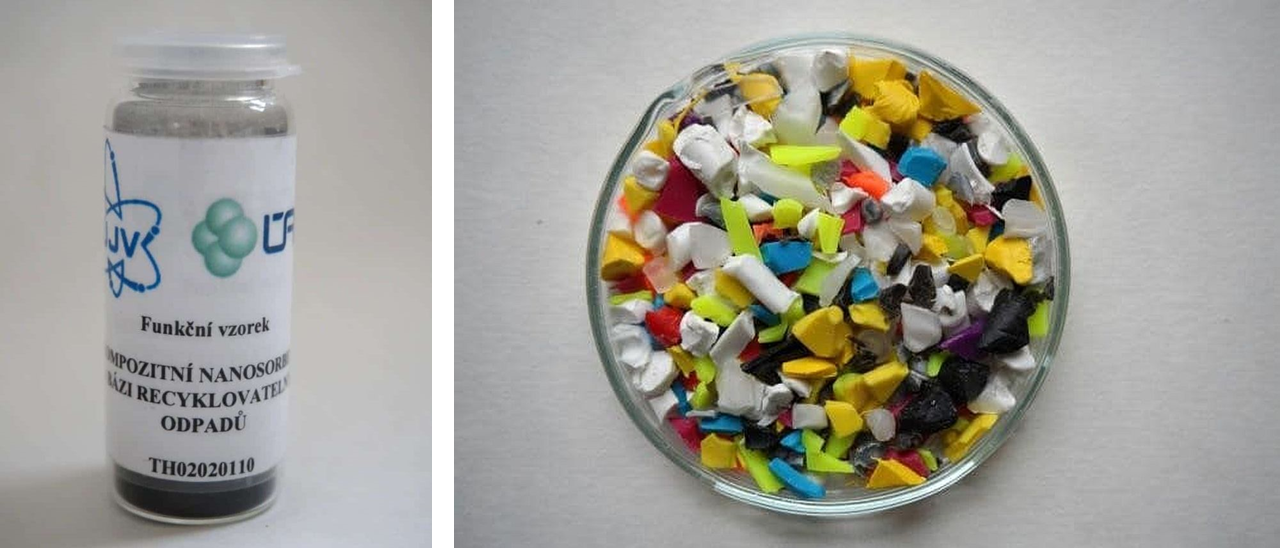
Fig. 1: Functional sample – composite sorbent of metatitanic acid and recyclable waste (left); one of the tested recyclable wastes - polypropylene (right)
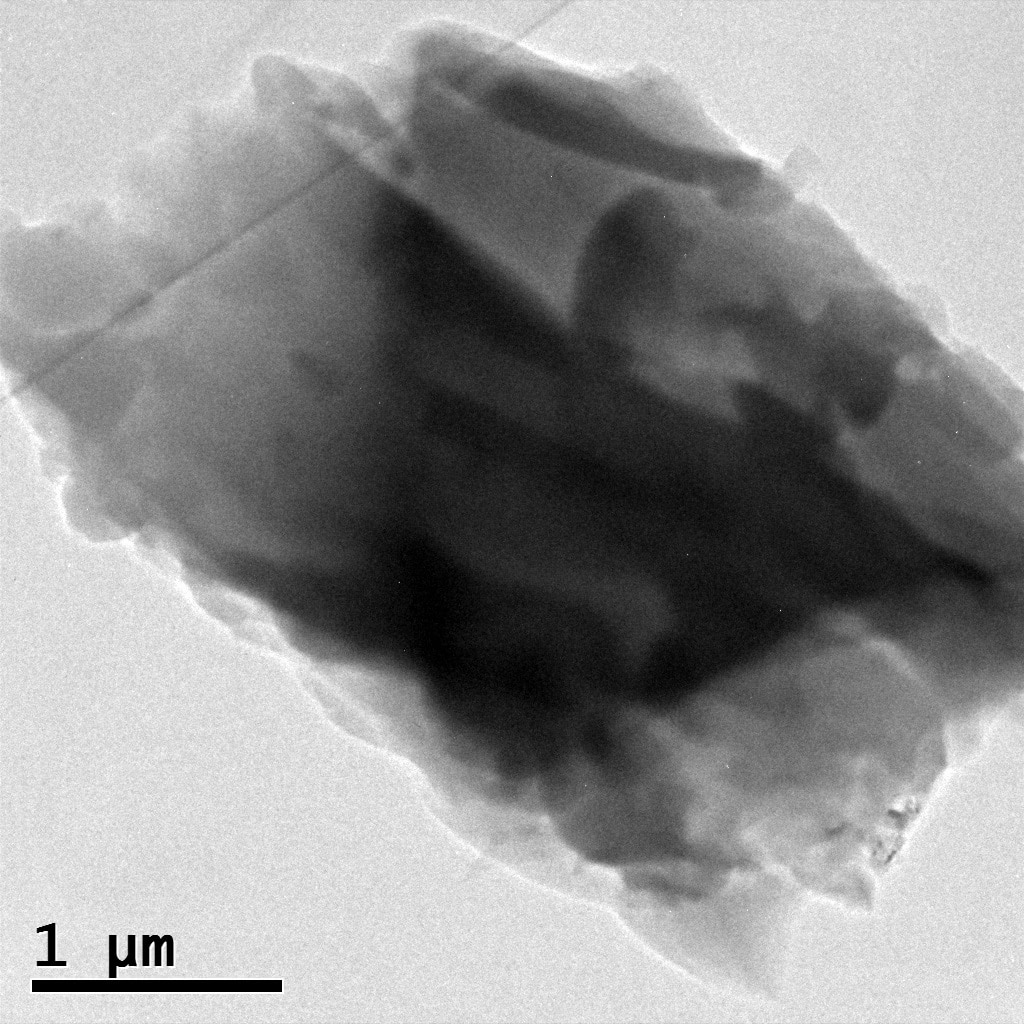
Fig. 2: TEM image of the selected functional sample
The intellectual property is currently protected by a Czech patent: CZ201600700-A3, "Sorbent Based on Amorphous Titanium Dioxide Nanoparticles." The collaborating institution is the Nuclear Research Institute Řež, a.s. Further opportunities will depend on market interest. The project was conducted from 2017 to 2020.
Contact person: Petra Ecorchard
A sorbent was developed based on a zeolite modified with an ionic liquid containing graphene oxide and exfoliated graphite (functional sample). This sorbent was further used to create an electrode for detecting uranium content in aqueous systems using differential pulse voltammetry with the electrode mentioned above. Monitoring uranium content in aqueous systems is typically conducted in natural water sources, industrial waters, residual waters after uranium mining or processing, and, unfortunately, sometimes during nuclear facility accidents. Currently, analytical methods with their limitations (such as spectrophotometry, laser photometry, etc.) are used for this determination. The CPE electrode (carbon-paste electrode) was developed in collaboration with the Nuclear Research Institute Řež, a.s. provides a simple, portable, and cost-effective method of detection.
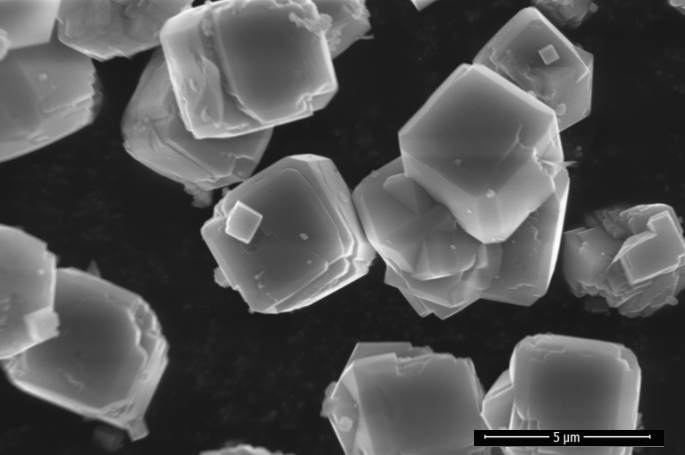
Fig. 3a: SEM image of the starting zeolite
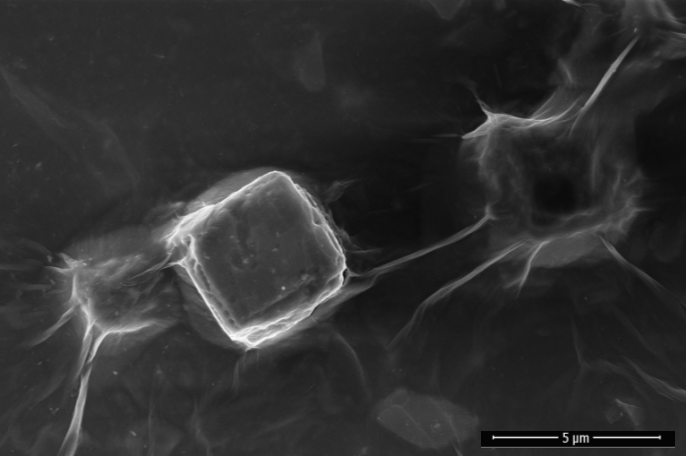
Fig. 3b: SEM image of the nanocomposite
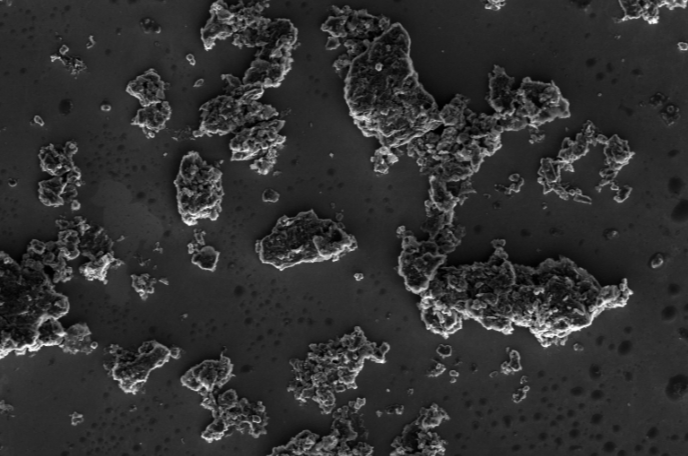
Fig. 4a: SEM image of the functional sample of the nanocomposite with ionic liquid (overview image)

Fig. 4b: SEM image of the functional sample of the nanocomposite with ionic liquid (detail)
A Czech patent protects the intellectual property, currently: PV 2022-526, patent number 310005, "Electrode and Method for Detecting Uranium Content in an Aqueous System." The collaborating institution is the Nuclear Research Institute Řež, a.s.. Further opportunities will depend on market interest. The project was conducted from 2019 to 2022.